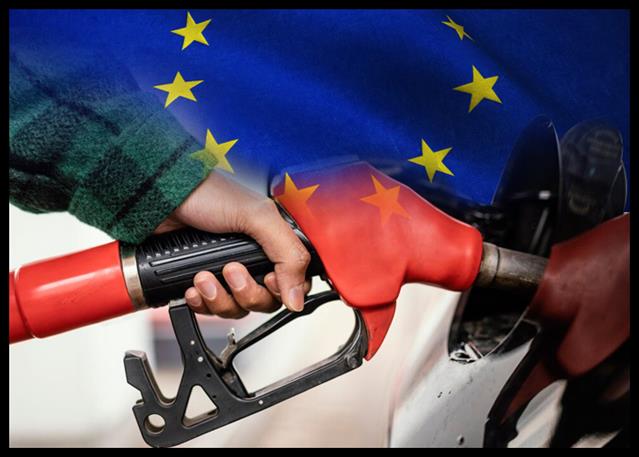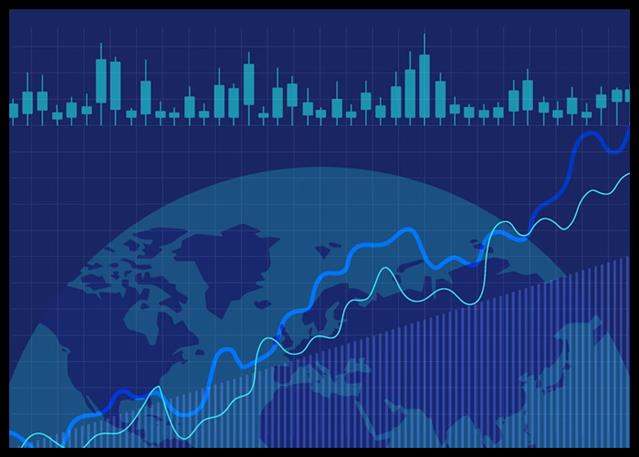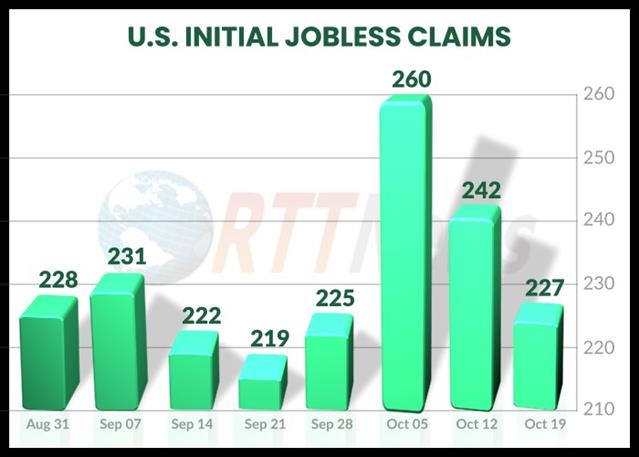Eurozone Inflation Adds To Chances Of Rate Cut In June
Eurozone consumer price inflation as well as core price growth softened in March raising the likelihood of an interest rate cut by the European Central Bank in June, which would mark an end to the agg...

Eurozone consumer price inflation as well as core price growth softened in March raising the likelihood of an interest rate cut by the European Central Bank in June, which would mark an end to the aggressive tightening cycle seen in the past few years.
The harmonized index of consumer prices registered an increase of 2.4 percent annually, slower than the 2.6 percent rise in February, flash data from Eurostat showed Wednesday. Prices were forecast to climb 2.5 percent.
Likewise, core inflation that excludes volatile prices of food and energy eased more-than-expected to 2.9 percent in March from 3.1 percent in the previous month. The rate was seen at 3.0 percent.
Last month, the ECB had kept its main refinancing rate, or refi, unchanged at 4.50 percent, but comments from policymakers including ECB President Christine Lagarde suggest that the bank is preparing to lower rates in June.
ECB Staff projected inflation to average 2.3 percent this year, 2.0 percent in 2025 and 1.9 percent in 2026.
While at first sight of data this looks like it opens up a possible rate cut in April, the ECB is unlikely to act this month, ING economist Bert Colijn said.
As the economy is not in recession and unemployment is at an all-time low, the ECB is in no rush to cut rates this month, the economist noted. “We think June will be the moment for the ECB to start cautiously reducing rates,” the economist added.
Among main components, services logged the highest annual rate in March, which grew 4.0 percent. Food, alcohol and tobacco prices gained 2.7 percent and non-energy industrial goods prices moved up 1.1 percent. Meanwhile, energy prices dropped 1.8 percent.
Separately, Eurostat said the unemployment rate in the currency bloc came in at 6.5 percent in February, unchanged from January. The rate was seen at 6.4 percent.
About 2.319 million young people aged below 25 years were unemployed in February. The youth jobless rate held steady at 14.6 percent.
- Check out our free forex signals
- Follow the top economic events on FX Leaders economic calendar
- Trade better, discover more Forex Trading Strategies
- Open a FREE Trading Account


